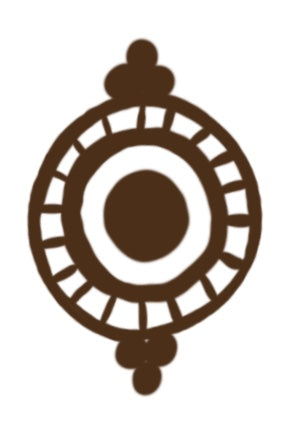Size chart
Determine ring size
There are two easy methods to find your ideal ring size.
Method 1: Measure a suitable ring
- Choose a ring that already fits well on the desired finger.
- Place a ruler or tape measure on the ring and measure the inner diameter in millimeters.
- Compare the measured value with my chart to find your ring size.
Method 2: Measure your finger circumference
- Take a thread or a thin strip of paper.
- Wrap it around the base of the finger you plan to wear the ring on. Make sure it's not too tight, but not too loose, and still fits over the knuckle.
- Mark the spot where the thread or strip overlaps.
- Measure the length of the marked section with a ruler. The measurement in millimeters corresponds directly to your EU ring size (e.g., 54 mm = size 54).
Ring size chart
| Inner diameter (mm) | EU size |
|---|---|
| 15.0 mm | 47 |
| 15.3 mm | 48 |
| 15.6 mm | 49 |
| 15.9 mm | 50 |
| 16.2 mm | 51 |
| 16.5 mm | 52 |
| 16.9 mm | 53 |
| Inner diameter (mm) | EU size |
|---|---|
| 17.2 mm | 54 |
| 17.5 mm | 55 |
| 17.8 mm | 56 |
| 18.1 mm | 57 |
| 18.5 mm | 58 |
| 18.8 mm | 59 |
| 19.1 mm | 60 |
Determine the size for upper arm rings
To measure your upper arm circumference, it's best to use a flexible tape measure. Alternatively, you can use a piece of string or thread: Wrap the string around your arm, mark the overlap, and then measure the length with a ruler.
Please measure the area where you want the bangle to sit while your arm is relaxed. The resulting measurement in centimeters is the size you need to select your piece of jewelry.
My upper arm bands are generally adjustable. They can be adjusted to your arm shape after putting them on to ensure a perfect and comfortable fit.
